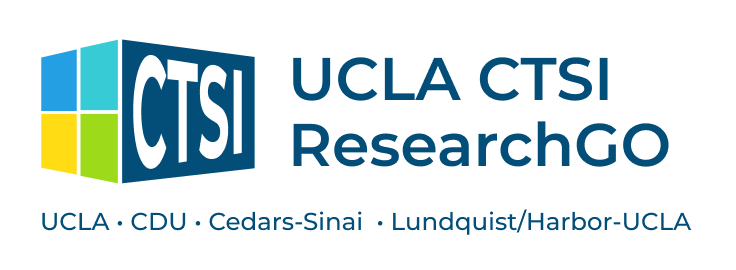Obtaining Counts Preparatory for Research
UCLA participates in three networks that you can use to assess how many patients would meet different study inclusion criteria that are being considered. The systems also help you choose which other institutions to approach for participation if you need a larger sample size. Once your criteria is set, you can also obtain patient counts by gender, race and ethnicity to facilitate the completion of NIH planned enrollment tables.
Click here for more information about these systems and how you can obtain access.
Direct links to each system:
- i2b2 (Informatics for Integrating Biology & the Bedside) - data from UCLA only
- LADR (Los Angeles Data Repository) - data from UCLA, USC, Cedars-Sinai and City of Hope
- ENACT (Evolve to Next-Gen Accrual to Clinical Trials) - data from UCLA, UCSF, UC Davis, UC Irvine, UC San Diego and 35+ other CTSAs nationwide
OptumLabs Data Warehouse (OLDW)
Overview
- UCOP and OptumLabs are partnering and providing access to the OptumLabs Data Warehouse(OLDW)
- The OLDW contains a rich dataset of 160 million de-identified records
- Access to the datasets can be achieved through the annual call for proposals to receive one of seven funded “research credits” or via funded research projects
- For more information visit the UCOP “microsite”
- Sarah Thayer and Rick Little are the OptumLabs contacts for the UC system
OptumLabs and UC Health
The University of California and UnitedHealth Group have formed a strategic partnership to collaborate and work strategically to improve healthcare. One aspect of the strategic relationship is the research collaboration with OptumLabs, a data-driven research and discovery center, with a focus on working with OptumLabs data sets, analytical tools and collaborations to advance clinical research and translation.
To learn more about how to collaborate with and access OptumLabs’ comprehensive real-world data with over 160 million de-identified lives across claims and clinical information, click here.
Additional Cohort identification can be found in the UCREX/LADR section.
